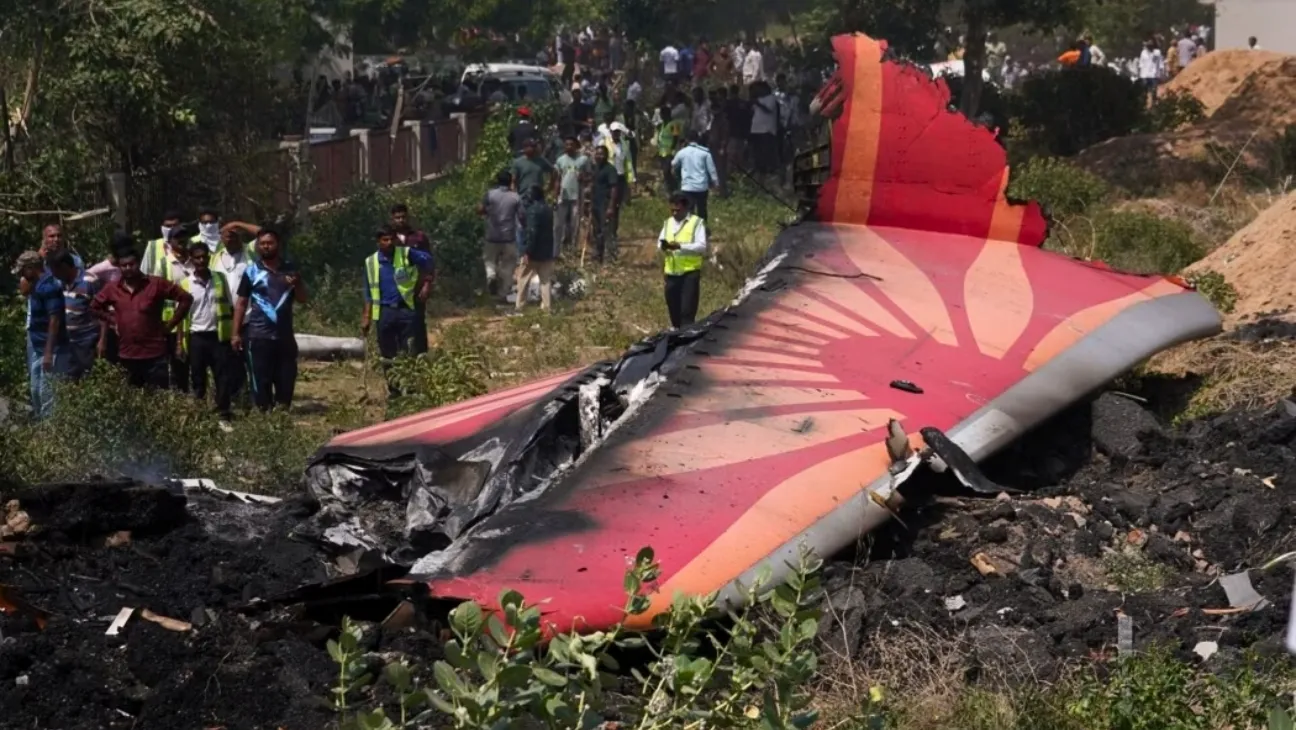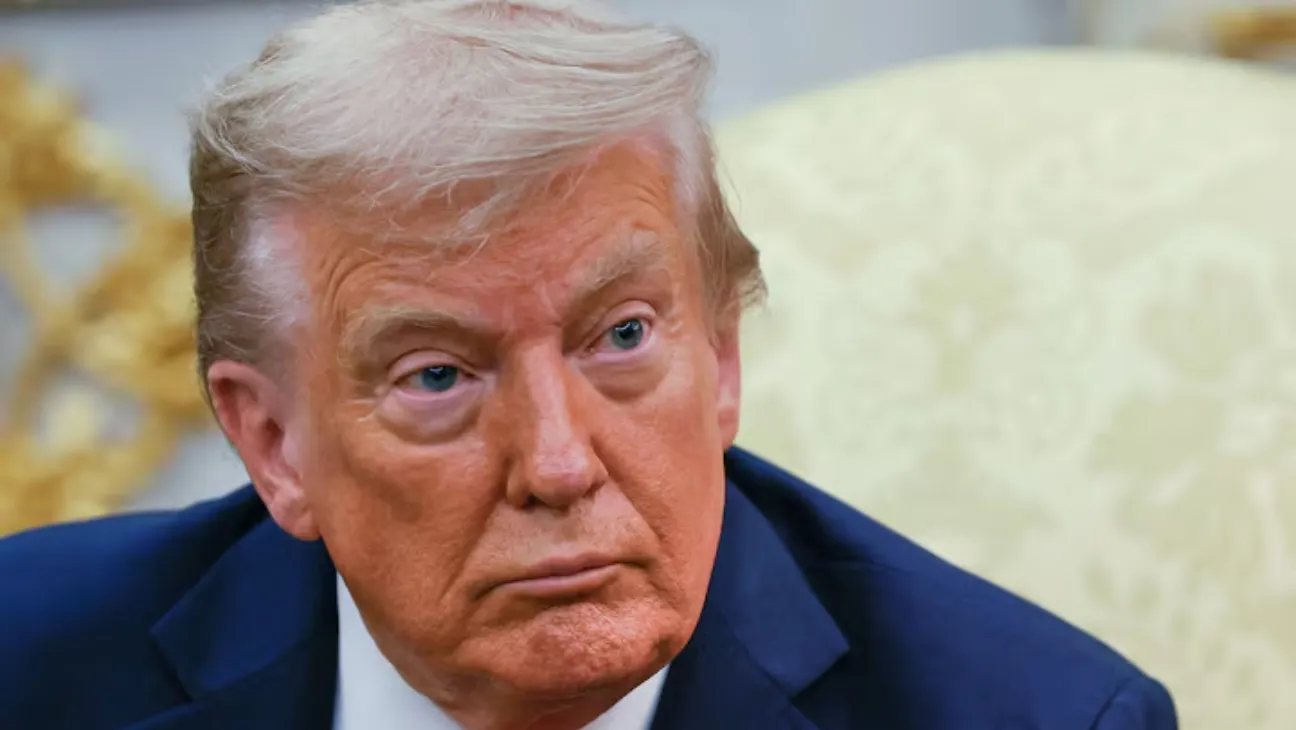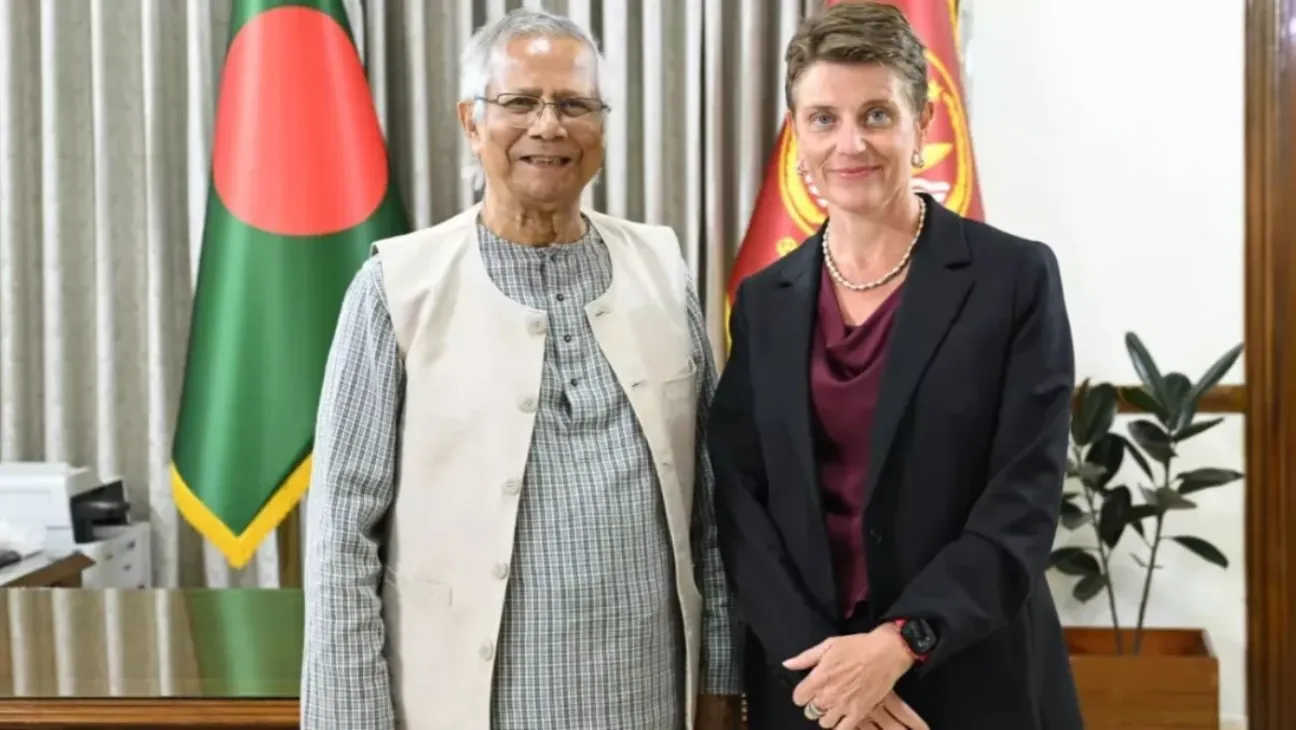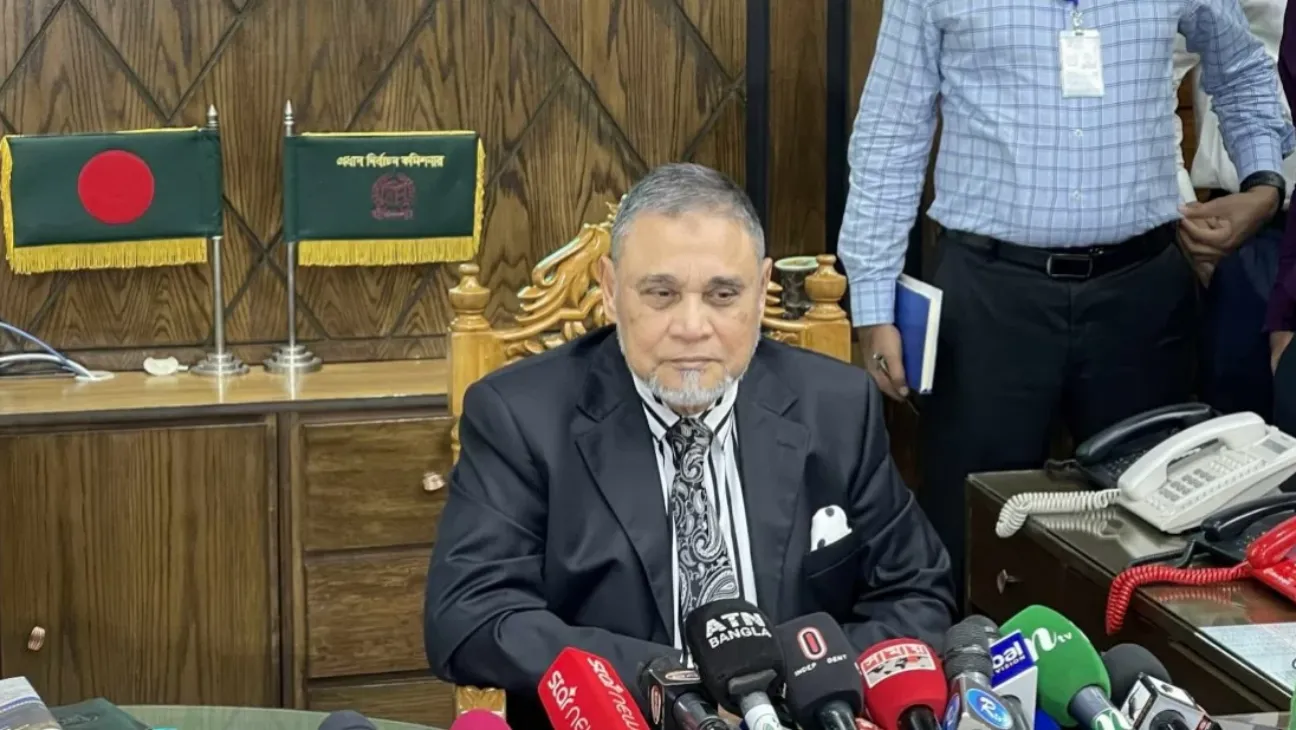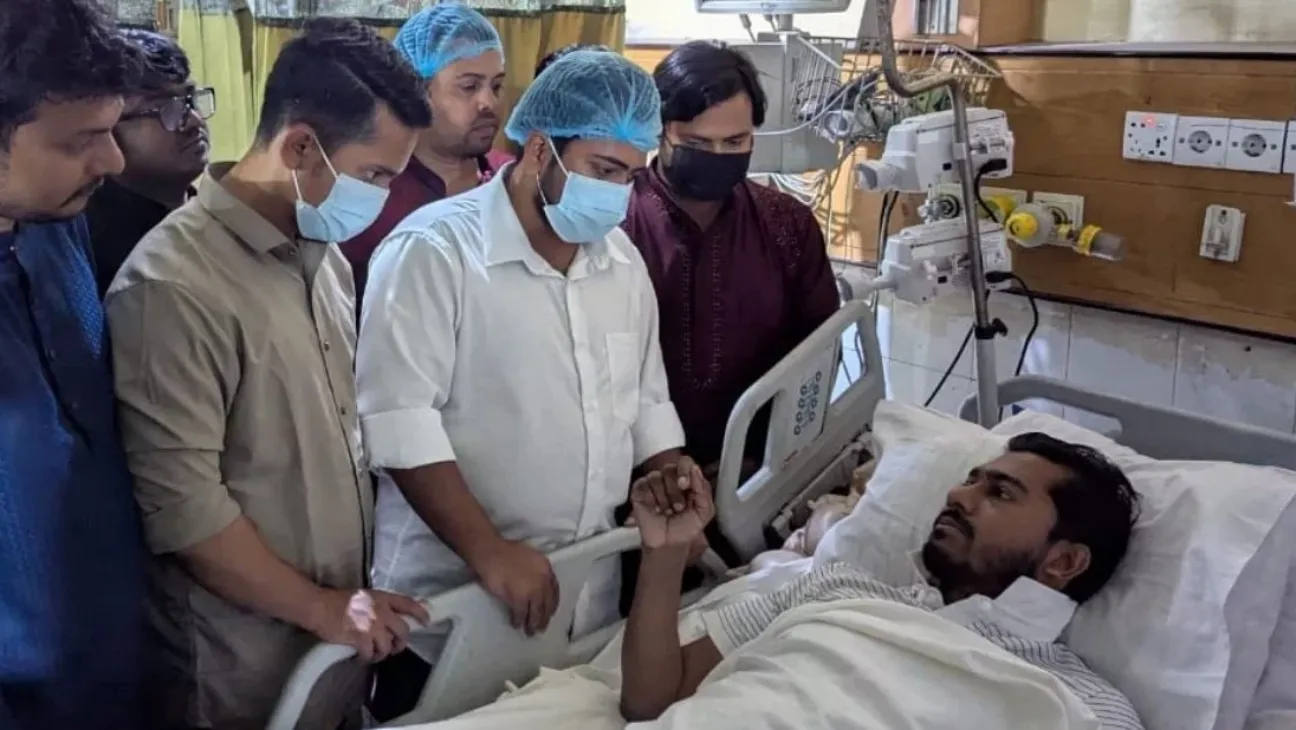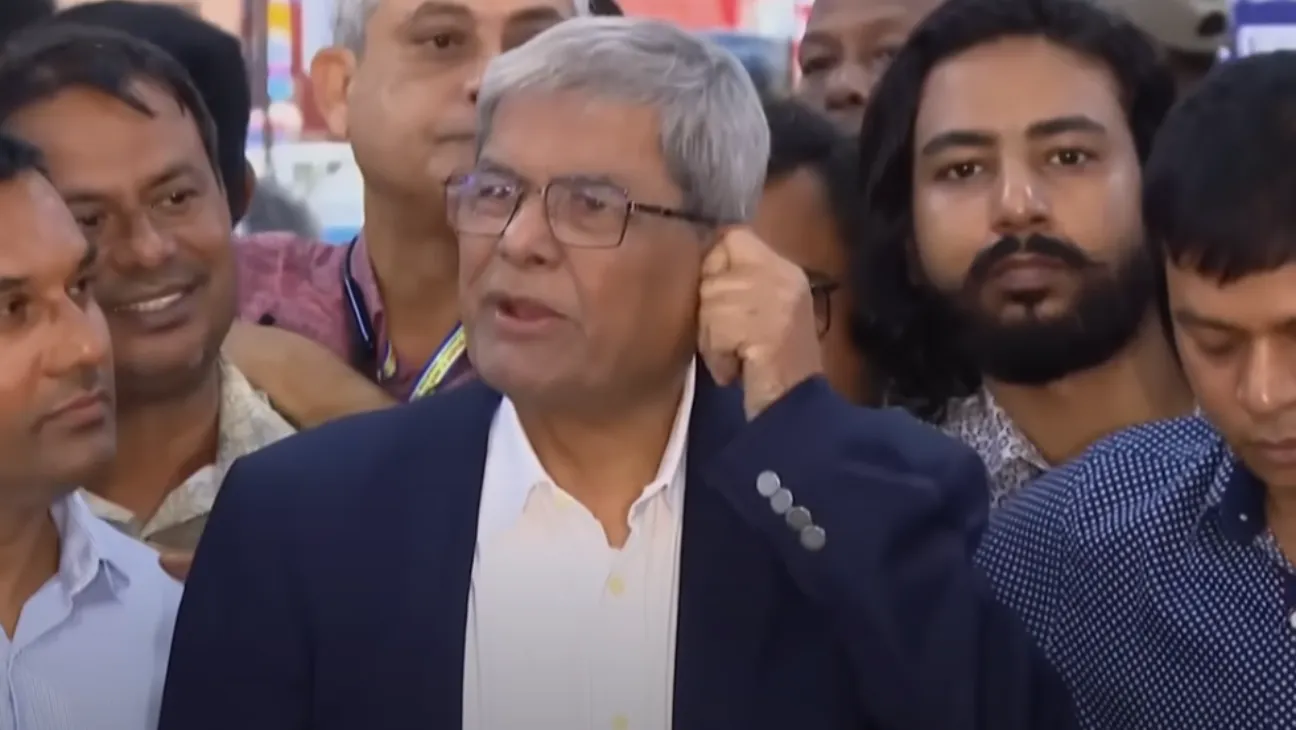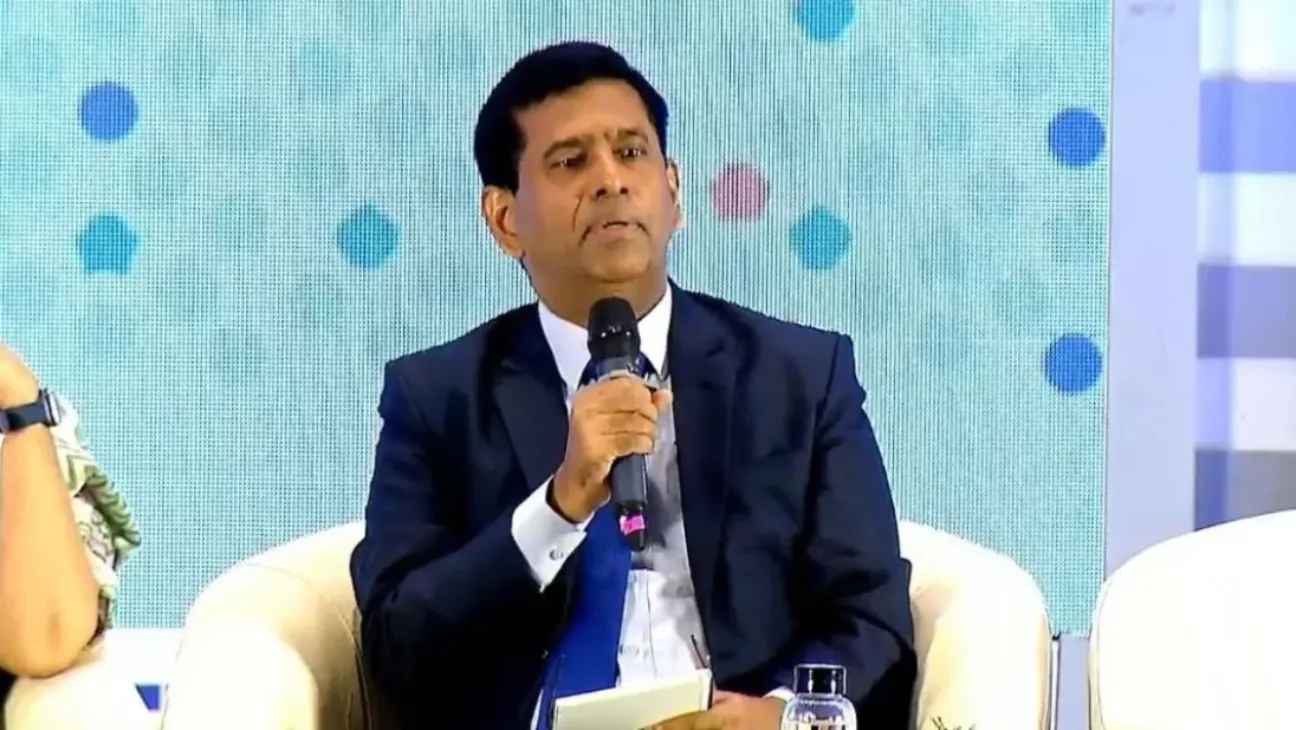Following the India 171 crash, several foreign aviation voices have suggested that the accident may have been caused by a pilot error involving the wrong control input. The theory claims that the first officer may have retracted the flaps instead of the landing gear shortly after takeoff, leading to a sudden loss of lift.
An experienced Indian pilot Gaurav Taneja has now responded publicly on his youtube video, challenging this theory point by point. He argues that both the design of the Boeing 787 cockpit and basic flight performance rules make this explanation unlikely.
Cockpit layout rules out confusion
The pilot begins by showing where the landing gear and flap controls are located in the cockpit. They are not adjacent, Gaurav says. One handle requires the pilot to lean forward. The other sits within easy reach. Confusing them during a high-focus moment like takeoff is not impossible, but highly uncommon.
He also adds that the aircraft’s onboard safety systems would step in if such a mistake occurred.
“If the angle of attack is high or if the speed is low, the slats will not retract even if the flap handle is set to zero. The system knows when the aircraft still needs lift. It protects against this exact error.”
Timeline and lift dynamics challenge the theory
The aircraft reportedly reached 600 feet in the first 11 seconds after takeoff. It then lost altitude and crashed roughly 15 seconds later. The pilot points out that retracting flaps from 5 degrees to 0 takes around 18 seconds.
“That’s slower than the entire flight duration,” he says. “Even if the flaps were being retracted, the pilot flying would have seen it. There’s time to intervene. You don’t fall out of the sky instantly.”
He also explains that the 787 is certified to fly on a single engine at full weight. If both engines were functioning, as suggested in early reports, then the aircraft should have been able to maintain altitude, even with suboptimal flap settings.
Also Read: Ahmedabad Plane Crash: Aviation Experts Caution Against Speculation as Black Box Sought
Criticism of quick blame toward pilots
The pilot expresses concern over the tendency to blame the crew first. He says this often happens because deceased pilots cannot speak for themselves. It also benefits large companies during insurance settlements.
“If Boeing admits fault, insurance becomes complicated. If the airline accepts a procedural failure, it delays payouts. Saying it was pilot error is the easiest route.”
He believes such narratives spread quickly online because they are convenient, not because they are accurate.
Built-in protections likely prevented flap failure
Aircraft systems have fail-safes to prevent catastrophic outcomes from small errors. The Boeing 787 includes a “slat auto-gap” function that maintains lift even if the flap handle is moved too early.
Photographs from the crash scene, according to the pilot, show that some flap components were still deployed. This contradicts the idea that a full flap retraction had occurred.
“Even if the flaps were retracted, even if nobody noticed, even if that one percent mistake happened, the systems would still allow the aircraft to fly. It is designed for that,” he says.
Speculation must wait for facts
The pilot agrees that mistakes are part of flying — they happen. But he doesn’t believe this theory fits with what actually goes on in the cockpit or how aircraft behave in such situations.
He asked people not to jump to an end and to wait for the black box analysis and official findings.
Once more facts are confirmed, he plans to release a video sharing his own take on what really happened.
“Until then, we need to stop guessing and start listening to evidence,” Gaurav said.

